People have different attitudes towards folk signs. Some people believe in them, while others laugh. But there are several folk signs that have received scientific confirmation.
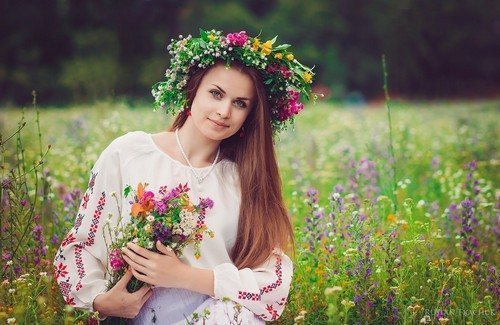
The chicken stands on one leg - the cold will soon arrive
Villagers noticed one peculiarity in the behavior of poultry. On the eve of cold weather, chickens and roosters, walking around the yard, often stop and stand on one leg. Thus, the bird reacts to the rapidly cooling soil, which is a consequence of the approaching cold snap. The fact is scientifically proven. The nature of chicken behavior is physiological in nature, and it is not related to the mystical abilities of birds to predict the weather.
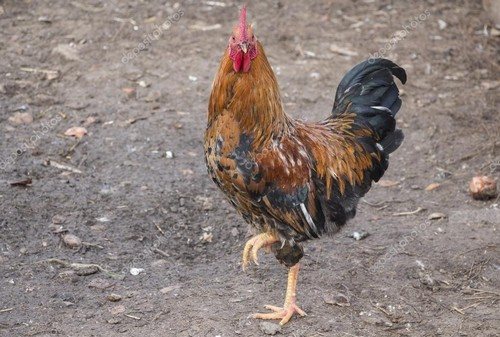
The bird cherry is blooming, which means the weather will be cold
Bird cherry blooms in the second half of May. Until this time, the weather has already managed to please people with warm days. And they really don’t want to go back to demi-season coats and jackets. Bird cherry simply needs cool weather to bloom and form fruit ovaries. Therefore, when the plant begins to bloom, a cold spell follows for two weeks. Even weather forecasters do not argue with this popular observation. They even use the term “Bird cherry cold”.

If a voice is heard far away in a field, it will rain
A popular belief links together air density and sound conductivity. According to the laws of physics: the higher the air humidity, the higher its density. With increased density, sound conductivity increases.Therefore, when the sound flies in the field and echoes loudly, the weather will please with rain.
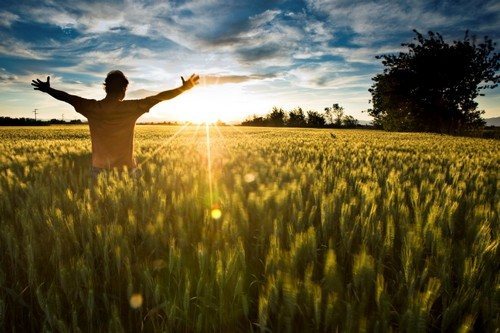
The dew fell in the evening - it should be a clear day
Heavy dew in the evening indicates a sharp difference in day and night temperatures. This occurs at high atmospheric pressure and low relative humidity. The absence of clouds in the sky suggests good weather the next day. The heat escapes as infrared radiation and the temperature drops to the dew point.
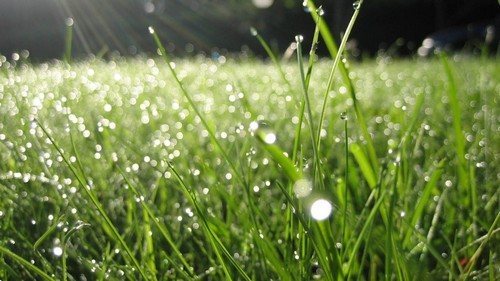
Before bad weather, swallows scream loudly and fly low
At low atmospheric pressure and high air humidity, water droplets settle on the wings of birds, thereby weighing them down. The same story happens with the insects that swallows feed on. Under the influence of external forces, they gain weight and fly low above the ground.
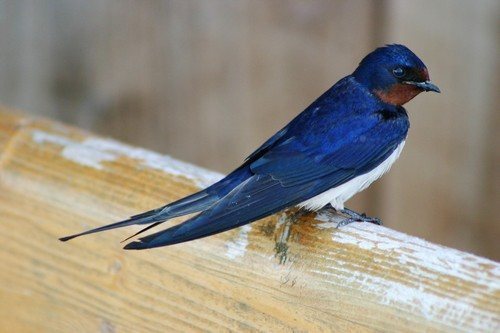
Flowers usually close before rain
Unlike people or animals, plants cannot shelter from bad weather by running under a canopy. Therefore, flowers have their own way of protecting pollen and reducing heat transfer. The most recognized meteorologist among flowers is the dandelion. Before the rain, he folds his snow-white ball into a strong bud, which opens after bad weather.
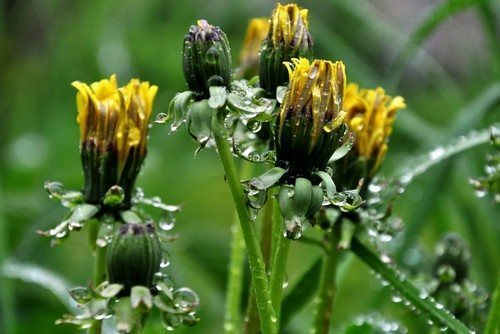
Frogs croaking in a pond - predicts rain
Frogs have long been considered the most accurate weather forecasters. In dry weather, they rest in the shade, where there is more moisture. Before the rain, they go out for a walk, accompanying the walk with hoarse, abrupt croaking. If the frogs croak loudly and loudly, then there will be no rain in the near future.

Animals sense earthquakes
This is not mysticism, but a scientifically proven fact.Pets (cats, dogs, cows, sheep) are able to hear very low frequency sounds (infrasound) that appear during an earthquake. This is beyond the reach of human hearing. Therefore, animals will react faster to an approaching earthquake.
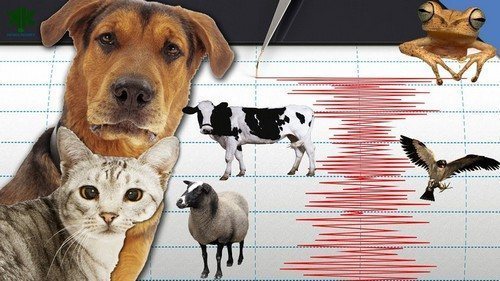
The morning dawn of a reddish color portends bad weather
The reddish color of dawn indicates high humidity. If the day is dry and clear, then the dawn will turn yellow or pink. In summer, a red dawn indicates rain, in winter - an impending blizzard.

Grasshoppers chirp in the evening - for clear and warm weather
Grasshoppers are heat-loving insects and hibernate if the temperature drops below 21 0S. Therefore, if the chirping of grasshoppers or crickets is heard around at night, then the next day will definitely be warm.
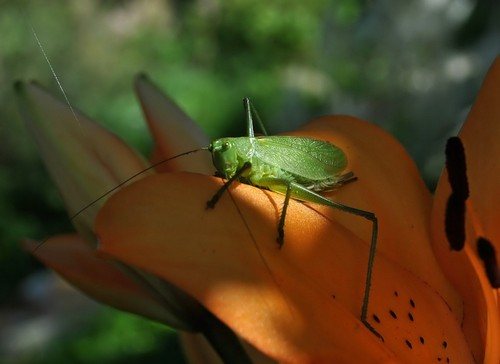
You can trust folk signs, or you can be skeptical about them. There are much more reasons to trust popular observation, especially if they are scientifically substantiated.









